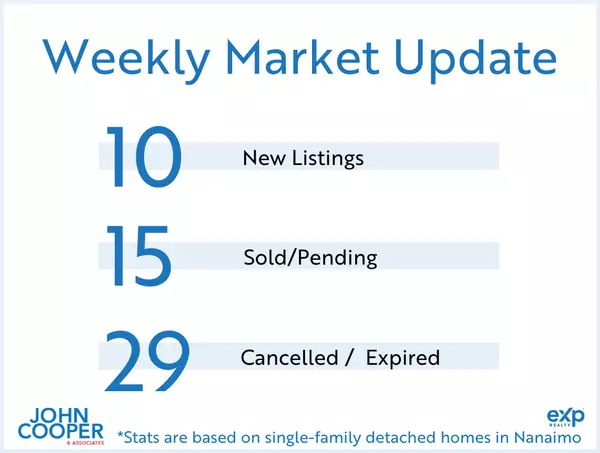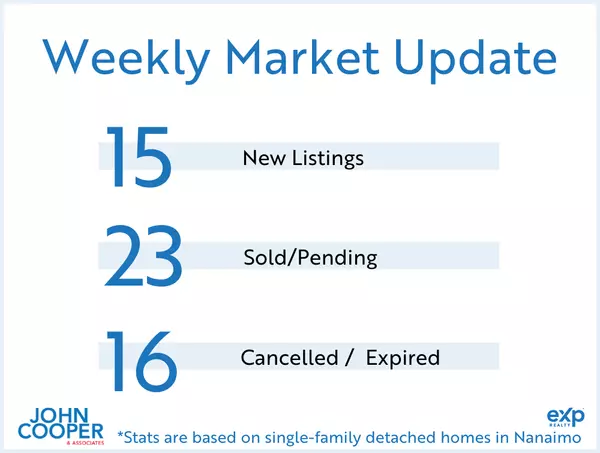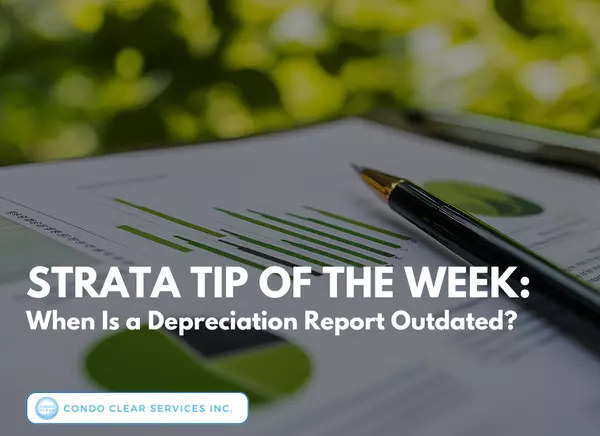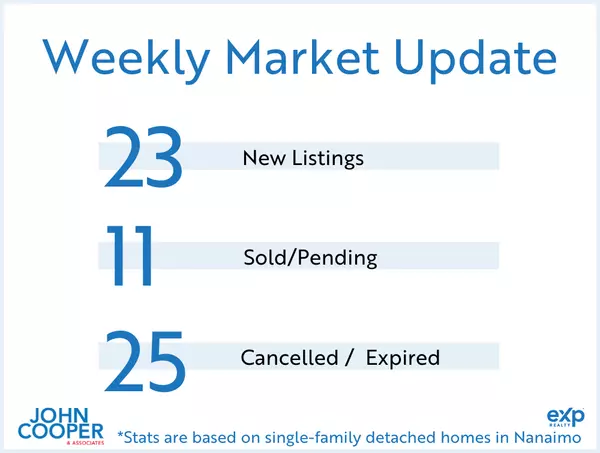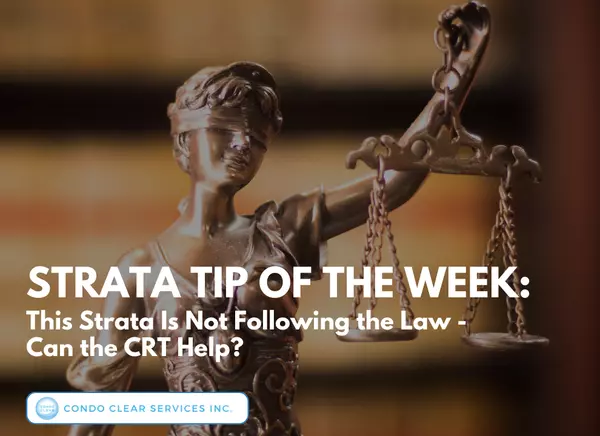Strata Tip of the Week – The Problem With Depreciation Reports
As of July 1, 2024, strata corporations in BC with five or more strata lots must obtain a depreciation report and update it every five years. While the five-year update requirement now applies across the province, the timelines for when existing stratas must obtain or update their next report vary depending on location and when the strata was created. These reports are intended to help stratas plan for major repairs and replacements over time, and to support informed financial and maintenance decisions.
- When prepared properly, a depreciation report is one of the most valuable tools a strata can have. It provides a clear roadmap for long-term maintenance, contingency reserve fund (CRF) planning, and overall financial stability.
- If prepared poorly or ignored after completion, a depreciation report can give a false sense of security and leave the building exposed to unexpected expenses. Simply obtaining a report to meet the legal requirement is not enough. A depreciation report only adds value when it guides budgets, CRF funding, and the planning of maintenance and capital projects.
At Condo Clear, we’ve reviewed thousands of depreciation reports from across British Columbia. We see the difference a well-prepared report makes in helping councils budget effectively, helping owners understand upcoming costs, and helping buyers make informed decisions about the buildings they invest in. If you would like help understanding the findings in your report or have general questions about what it means for your strata, we are always happy to help.
Incomplete Or Edited Reports
It is still common to see reports missing major components. Sometimes this happens because the council directed the consultant to omit them, while in other cases they may have been omitted without explanation. Regardless of the reason, missing information weakens the accuracy of the report and can make a strata’s long-term financial position appear healthier than it truly is.
Every component that the strata is responsible for should be listed, with its condition, estimated service life, and projected replacement cost. When key items are excluded, it can lead to underfunded reserves, surprise levies, and poor financial planning.
Reports That Do Not Meet Minimum Requirements
Some of the key items that must be included in a depreciation report, as set out in the Strata Property Regulation, are:
- A physical inventory and evaluation of the strata’s components
- A thirty-year summary of projected repair and replacement costs
- At least three funding models showing different ways to plan for future expenses
- An executive summary and identification of the preparer’s professional qualifications
Reports that omit these elements may not comply with the regulation and can give councils, owners and buyers misleading or incomplete information. A well-prepared report should present realistic timelines, accurate cost projections, and clear options for building a sustainable funding strategy.
Reports That Get Filed Away And Forgotten
Many stratas complete their report, file it away, and never look at it again. This approach meets the letter of the law but misses the real benefit. The purpose of the report is to inform decisions, not to sit on a shelf.
Once the report is complete, the council should review the funding models, choose one that best fits the strata’s circumstances, and incorporate it into annual budgets and CRF contributions. Regularly revisiting the report helps keep financial planning aligned with the building’s needs.
Phasing Projects And Total Cost
Phasing major projects across several years can seem like an easier financial choice, but it often increases total costs once inflation, repeated tendering, and contractor mobilization are considered. It can also create ongoing disruption for residents and lead to inequity among owners if some benefit from upgrades long before others.
When reviewing or commissioning a depreciation report, it is worth examining how major projects are scheduled. Comparing phased and full-completion approaches helps clarify the real long-term costs and their impact on future budgets and CRF levels.
What The Law Requires Now
- Who Must Get A Report – All strata corporations with five or more strata lots, including bare land stratas, must obtain depreciation reports. Stratas with fewer than five lots remain exempt. (Strata Property Act, s. 94(2); Strata Property Regulation, s. 6.22)
- How Often – Reports must be updated at least once every five years. (Strata Property Regulation, s. 6.21(2))
- No More Deferral Votes – Stratas can no longer vote each year to defer obtaining a depreciation report.
- Who Can Prepare The Report – For reports obtained on or after July 1, 2025, the preparer must be a qualified professional such as a professional engineer, architect, applied science technologist, accredited appraiser, certified reserve planner, or professional quantity surveyor. (Strata Property Regulation s. 6.2(0.1)(b))
Getting The Most Value From A Report
A depreciation report should be treated as a living document that helps guide major decisions about maintenance and funding. Reviewing the findings in plain language, selecting a funding model, and updating financial plans accordingly ensures the report remains relevant and effective. Scheduling the five-year update in advance and incorporating short-term priorities into upcoming budgets helps the strata stay proactive rather than reactive.
When used this way, a depreciation report strengthens financial stability, reduces surprises, and supports the overall condition of the building. More than a legal requirement, it is a cornerstone of responsible strata management and a vital tool for anyone involved in maintaining, managing, or advising a strata corporation. When accurate, compliant, and actively applied, it builds confidence, improves decision-making, and protects the strata’s long-term financial health.
At Condo Clear, we review strata documents every day and share these insights to help buyers and owners feel more confident navigating strata living. Sign up for our Strata Tip of the Week Newsletter to stay up to date with the latest strata news and articles.
That’s it for this week. If you have any suggestions for other topics you’d like us to cover, please let us know at info@condoclear.ca.
Author: Ryan Stenquist and Mugurel Mic; Last Edited: November 5, 2025
© 2025 Condo Clear Services Inc. All rights reserved. You may share this post, but you may not copy, modify, or use it commercially without permission. For permission, please contact us.
Disclaimer: The information provided is for general purposes only. It is not intended to provide legal advice or opinions of any kind. No one should act, or refrain from acting, based solely upon the materials provided, any hypertext links or other general information without first seeking appropriate legal or other professional advice.
A little about Condo Clear:
They are a fully licensed brokerage under the BCFSA, and carry Errors and Omissions (E&O) insurance.
They have been in business since 2017 and have completed over 3,000 strata reviews to date province-wide.
Their Review Advisors have firsthand knowledge and experience. They’ve all been practicing strata managers.
FAQs: How do Condo Clear’s services work?
Pricing: How much do Condo Clear’s services cost?
Learn More: https://condoclear.ca/
Categories
Recent Posts

